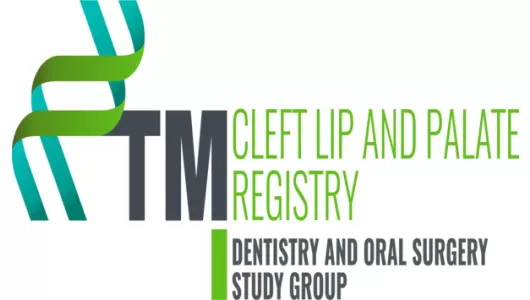
Cleft Lip and Palate Registry
Cleft lip, cleft palate and gingival cleft are the most common congenital craniofacial abnormalities. Its frequency of occurrence differs between the sexes, and its etiology is diverse. Different types of clefts can also be associated with syndromes. The care of children born with a cleft requires multidisciplinary treatment, which often begins before birth with the preparation of the parents, and we accompany the patient until adulthood. The currently accepted model of care is the Multidisciplinary Cleft Workgroup. It is a group consisting of specialists of different fields who work closely together, not only for the sake of creating the most optimal expertise of individual specialists, but also for the sake of understanding the expectations of other fields. The purpose of the Cleft Registry is to collect prospective data from patients born with cleft lip, cleft palate, and gingival cleft to examine the etiological factors of this developmental disorder, its clinical manifestations, the treatments used and their effectiveness, and iatrogenic and non-iatrogenic complications. By analysing the clinical data, we can obtain detailed, reliable data on the forms of appearance, bite disorders, facial aesthetics, and comorbidities in the case of syndromes. In addition to continuous treatment, we would like to follow the patients and the effects of the treatments until they are 18 years old. With the help of saliva samples and oral mucosa scrapings collected in the biobank belonging to the registry, we would examine the known biological and genetic markers in the samples, as well as those corresponding to other research questions that may arise in the future.